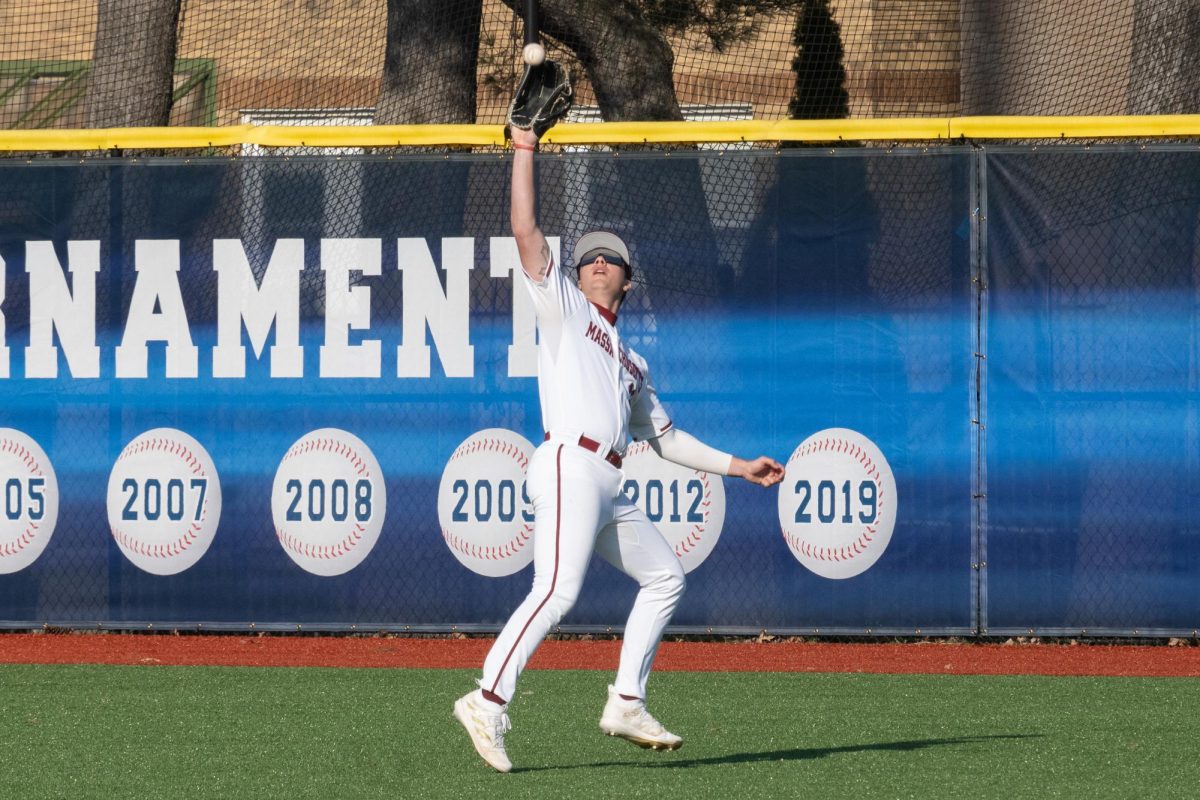
In 2006, the Voting Rights Act (VRA) was reauthorized for 25 years by a massive majority of both the House and the Senate. In fact, the Senate reauthorized the bill unanimously by a vote of 98 to 0. In June 2013, the Supreme Court decision Shelby County v. Holder found that Congressional reauthorization by mass majority was not enough to uphold the 48-year-old formula in Section 4(b) of the VRA.
Section 4(b) of the VRA is the formula by which states that townships or counties are placed under the jurisdiction and require the consent of the Department of Justice regarding any changes to electoral law. This is called “preclearance,” a power defined in the VRA’s subsequent Section 5.
While progressives and liberals across the United States are now up-in-arms over this decision, the truth is that the Supreme Court acted with due deference towards the issue of institutional racism and voting discrimination. Chief Justice Roberts was very clear regarding this issue. His opinion states, “At the same time, voting discrimination still exists; no one doubts that.” As Roberts states in the majority opinion, the major problem is that, “the Act imposes current burdens and must be justified by current needs.” The Supreme Court also agrees that Section 2 of the 15th Amendment provides Congress with the authority to legislate against such discrimination.
That is the crux of the problem: Congress.
The Shelby County decision is clear about the next steps the U.S. government must take to ensure continued enforcement of the VRA. While not imploring or mandating that Congress do anything (which the Supreme Court has no power to do), Roberts states that Congress “may draft another formula based on current conditions.”
Congress in 2006 had no problem reauthorizing the VRA with its 1965 formula intact, but Congress in 2013 is different from Congress in 2006.
VRA reauthorization occurred before the 2006 elections when Democrats took back Congress from the Republicans. Where the Democratic minority had been relatively docile and willing to compromise to do the business of the country in 2006, we now find a Republican Senate minority and House majority entirely unwilling to compromise for the good of the United States. Recall the 98 to 0 Senate vote on VRA reauthorization; that vote included senators from every state affected by Section 4(b) and preclearance. Not one of them voted no, and many of them advocated for reauthorization based on the struggles faced by their constituents during the Civil Rights Movement.

Fast-forward to 2014 and those same leaders are now arguing that this decision is a victory for the South. Texas instituted its Voter ID law one day after Justice Department preclearance ended, and many formerly covered states followed suit; those states must be covered under a newly written Section 4(b).
There has been little substantive progress towards rewriting Section 4(b) in Congress since June 2013, and with good reason. What incentive does the House GOP have to implement a formula that would reduce its Congressional majority?
Still, some grassroots agents continue to push for action. “Moral Monday” events, where progressives gather at state capitols to protest immoral policies and laws, have gained steam, particularly in the South. At the ninth “Moral Monday” in Georgia, on March 20, three hundred people gathered in the GA Capitol rotunda to hear civil rights leaders explain the VRA and its importance.
The Voting Rights Amendment Act of 2014, proposed by Rep. Jim Sensenbrenner (R-AL) and Sen. Patrick Leahy (D-VT), establishes a rolling formula that includes all states and finds them subject to preclearance “if they have committed five voting violations in the last 15 years.” Sensenbrenner has no cognitive dissonance about his support for the VRA and for Voter ID laws, which discriminate against the poor, elderly and minority groups. He does include a transparency policy to avoid discrimination and believes that states should provide free photo ID to those who cannot afford it. Those provisions must be uniform and national.
The Supreme Court was not wrong in overturning Section 4(b); populations have shifted, and cities that barely existed in 1965, such as Phoenix, are now among the largest in the country. However, a politically polarized Congress will be at fault if it does not address the creation of a new Section 4(b) formula immediately. Congress must do the work of this country, and fighting voting discrimination is a cause held by all Americans: Republican, Democrat, conservative or liberal.
Zac Bears is the Op/Ed Senior Producer and a Collegian columnist. He can be reached at [email protected] and followed on Twitter @zac_bears



















Roger Clegg, Ctr for Equal Opportunity • Mar 31, 2014 at 8:58 am
There isn’t any new legislation needed. It’s 2014, not 1965. In 1965 there were some jurisdictions in the Deep South that were so systematically racist that the extraordinary mechanism of Section 5 of the VRA was needed. That is no longer the case.
The Shelby County decision was aimed at only that one section of the Voting Rights Act – Section 5, the preclearance provision, requiring some (mostly southern) jurisdictions to get permission in advance from the federal government before making any change related to voting – and the rest of the Act remains in full force, including other, potent enforcement provisions for every jurisdiction in the country.
And, indeed, for better or worse the Justice Department and civil-rights groups are now using those other provisions to try to advance their agendas, which amount to a war on voter-ID requirements and ensuring the continued racial gerrymandering and segregation of voting districts. There’s no evidence that the Left needs more weapons in its arsenal; all that’s different in the post–Shelby County world is that now its lawyers have to prove racial discrimination before they can get court relief, which is the way that every other civil-rights law works.